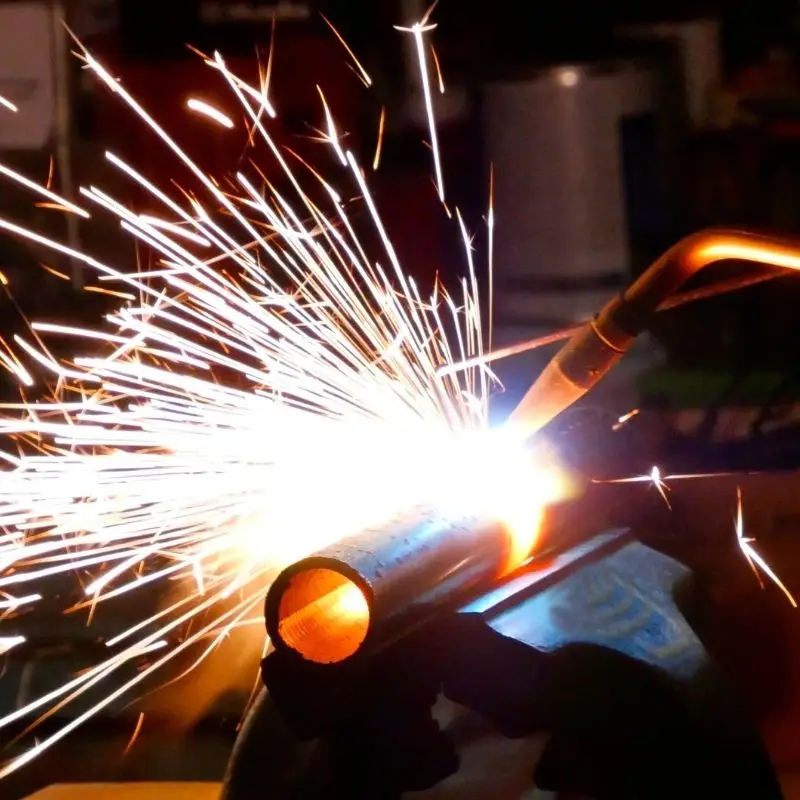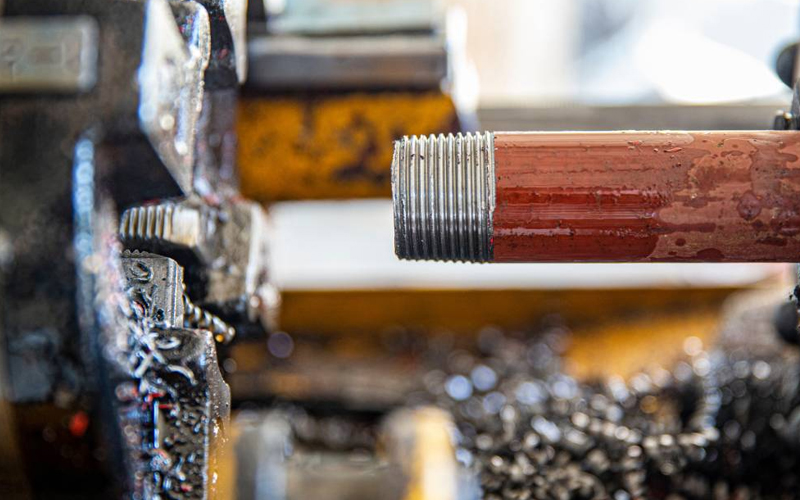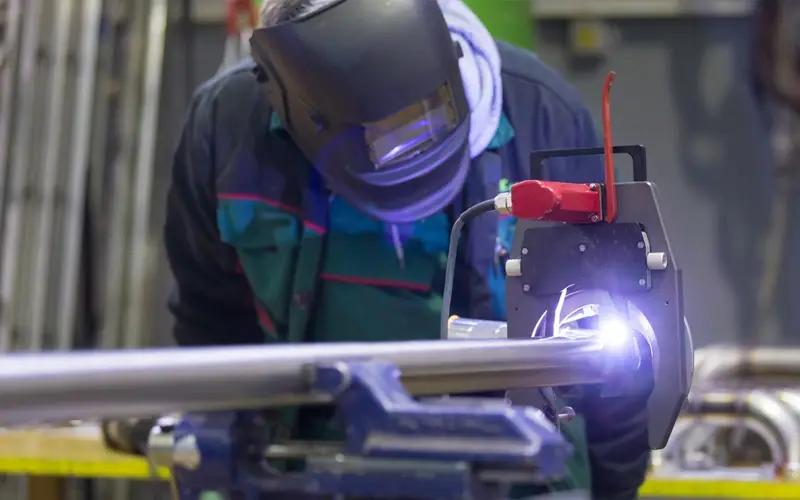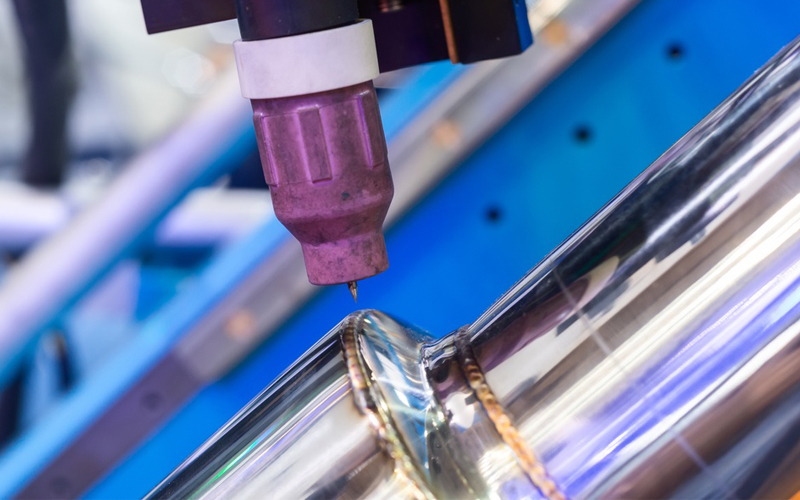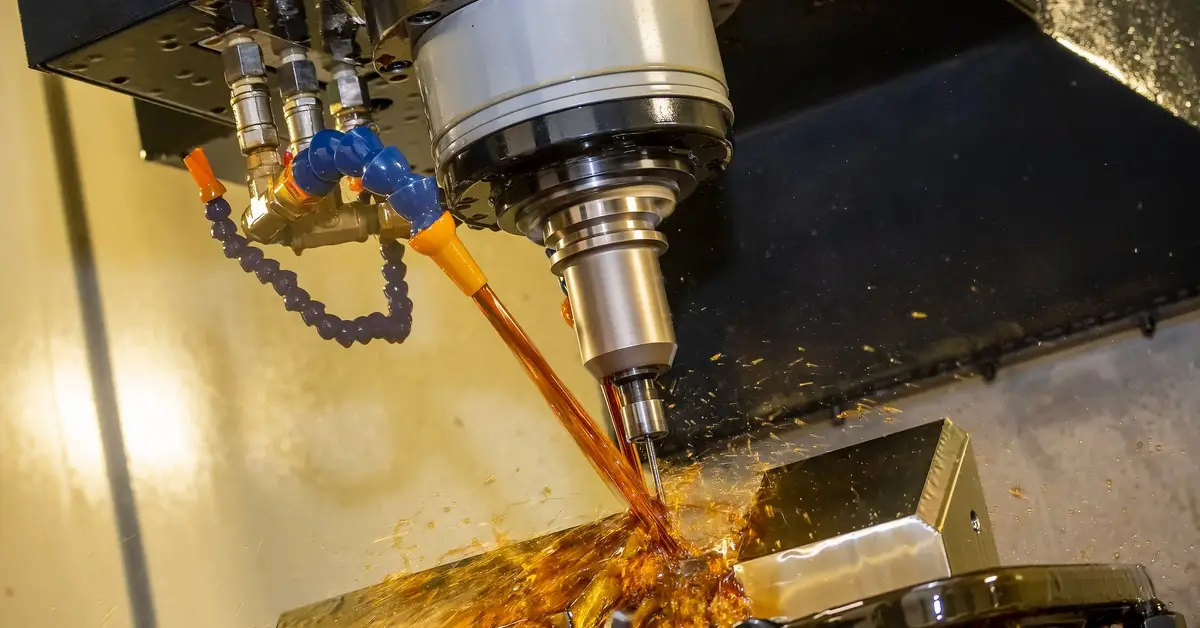
In CNC machining, choosing optimal feeds and speeds for quality and efficiency is a fundamental part of any successful manufacturing operation. Feed rate measures how fast the cutting tool advances into the material, while speed refers to how quickly the tool or workpiece rotates.
Whether you’re focused on precision or throughput, let’s explore how to optimize these parameters for better-quality welds, improved tool life, and enhanced productivity.
Key Variables
Feed and speed are influenced by several factors, including material type, tool geometry, coating, and machine rigidity. Materials like aluminum, stainless steel, and titanium require specific cutting parameters to prevent thermal expansion, tool wear, and poor finishes.
Tool coatings and geometries are selected based on their ability to withstand cutting loads and dissipate heat. Machine rigidity affects vibration and how well settings translate to results. Improper settings reduce tool life, increase downtime, and cause poor surface quality.
Quality-Driven Approaches
To prioritize precision and surface finish, machinists typically lower speeds and feeds. Reduced cutting forces limit heat and vibration, which decreases the risk of tool deflection and dimensional error. Rigid workholding and high-stiffness tools further support accuracy.
Controlling vibration is particularly important for tight tolerances. Advanced solutions, including AMI orbital fusion welding for seamless joints in high-spec parts, enhance surface quality where weld integrity matters. These approaches are critical in aerospace and medical applications, among others.
Efficiency-Driven Approaches
Maximizing efficiency involves increasing material removal rates and minimizing cycle time. Faster speeds and feeds shorten production time but raise thermal loads and wear rates. Tools must be optimized with appropriate coatings, coolants, and geometries to handle the heat.
Cycle time can also be reduced by refining tool paths, adopting high-speed machining, and minimizing non-cutting movements. Simulation software helps identify optimal cutting conditions and reduce trial-and-error setup.
Practical Trade-Offs
In low-volume, high-precision industries, quality often outweighs speed. In contrast, high-volume production favors throughput. Many operations blend both with slow, controlled finishing passes for surface integrity and fast roughing to remove bulk material efficiently.
For example, die mold shops may use low speeds for final geometry and high feeds during roughing. This hybrid approach balances part quality and cycle efficiency without compromising tolerances.
Advanced Techniques and Technologies
Modern machining processes continue to evolve, with techniques like adaptive machining and high-speed machining pushing the boundaries of quality and efficiency. Adaptive machining algorithms adjust feeds and speeds based on tool engagement, ensuring optimal conditions are maintained throughout the operation. Multi-axis machining enables more complex geometries and faster cuts, improving productivity and versatility.
Software solutions play a critical role in controlling these variables. Simulation tools that model cutting forces, thermal behavior, and optimal speeds help machinists avoid trial-and-error approaches, offering actionable insights to fine-tune their processes. These tools also enable manufacturers to adapt to complex processes, ensuring precision without sacrificing efficiency.
Optimizing Your Machining Efficiency
Choosing optimal feeds and speeds for quality versus efficiency is an ongoing challenge for CNC machinists, manufacturing engineers, and programmers. By thoroughly understanding material properties, tooling strategies, and advanced technologies, machinists can fine-tune their operations for an ideal balance.
To further enhance your machining operations, SEC Industrial offers high-quality tools and training. Contact us today to optimize your feeds and speeds with industry-leading equipment.
